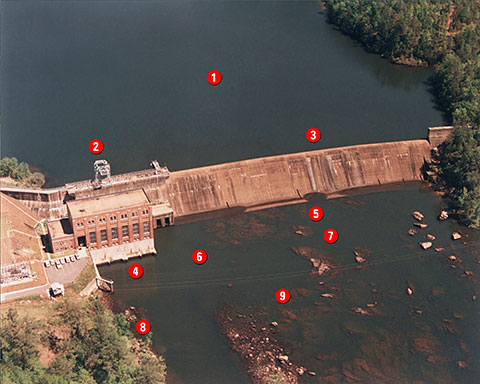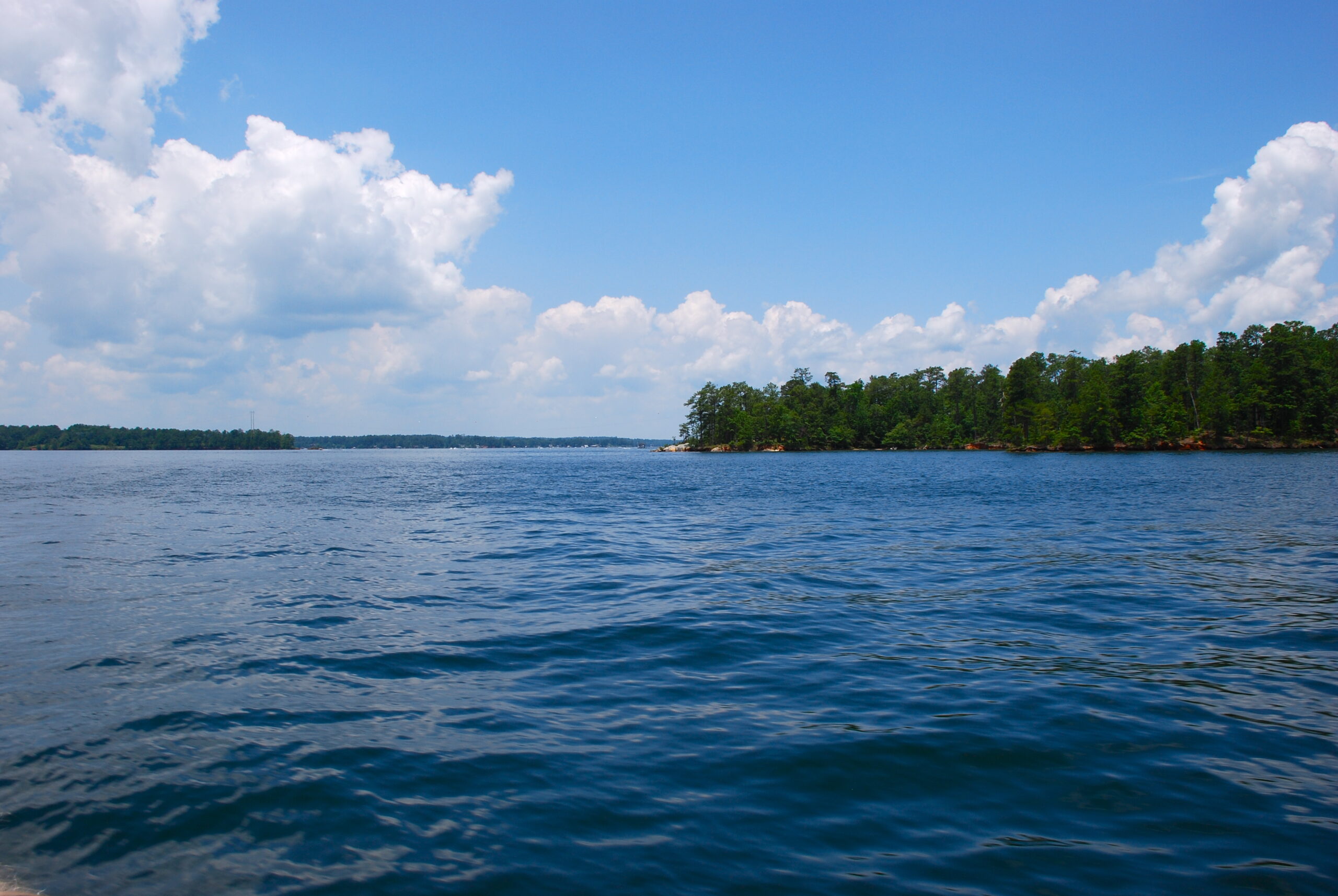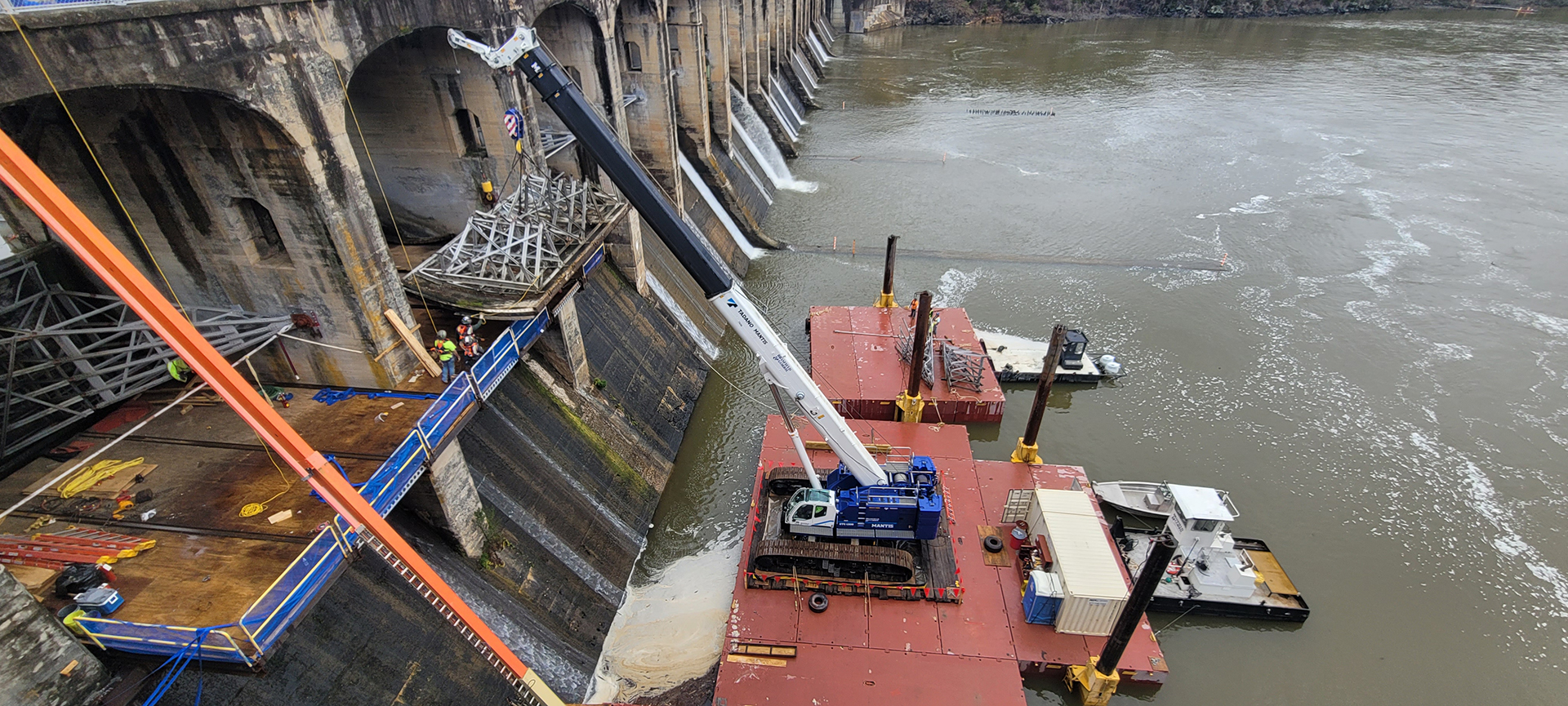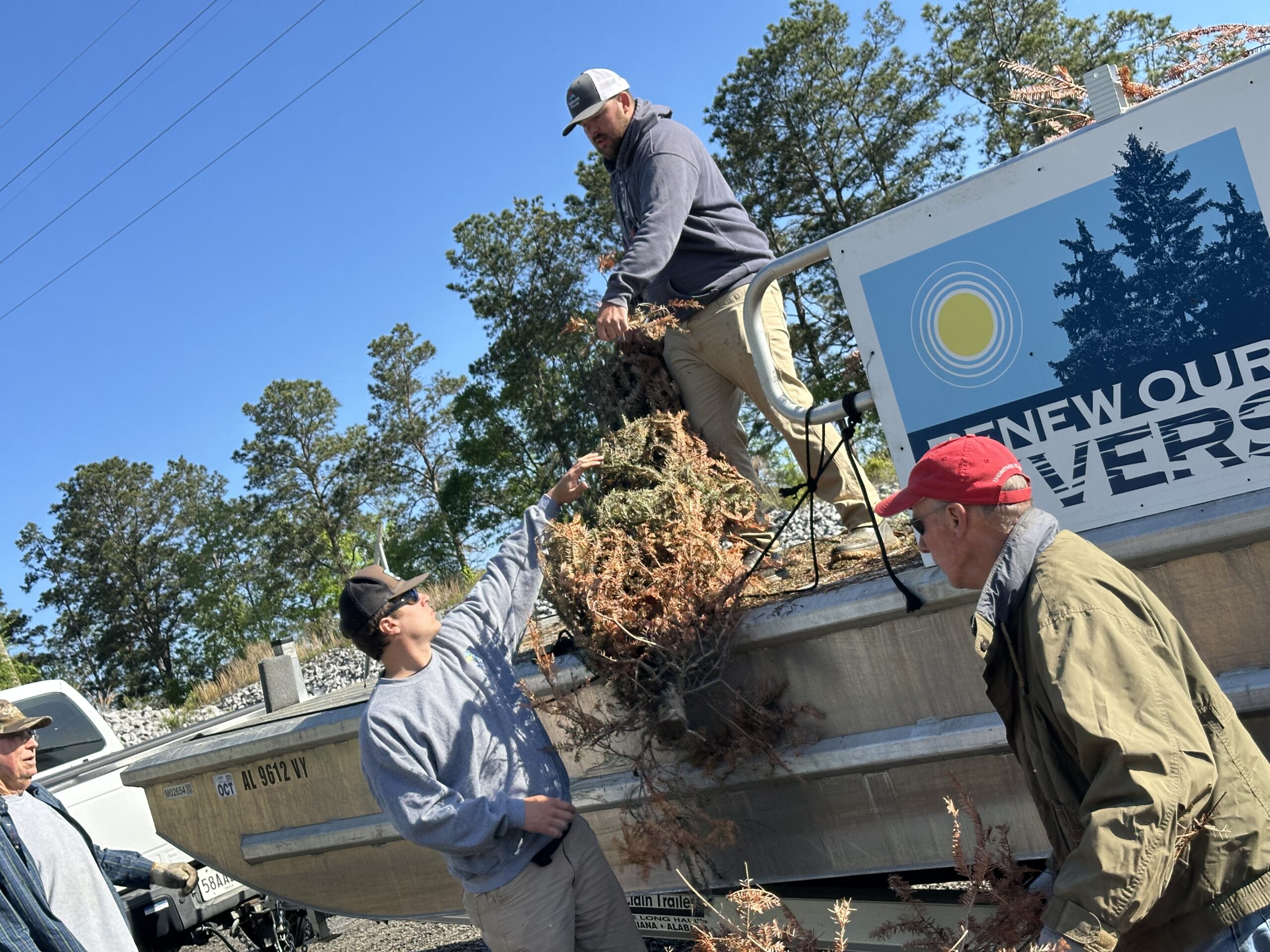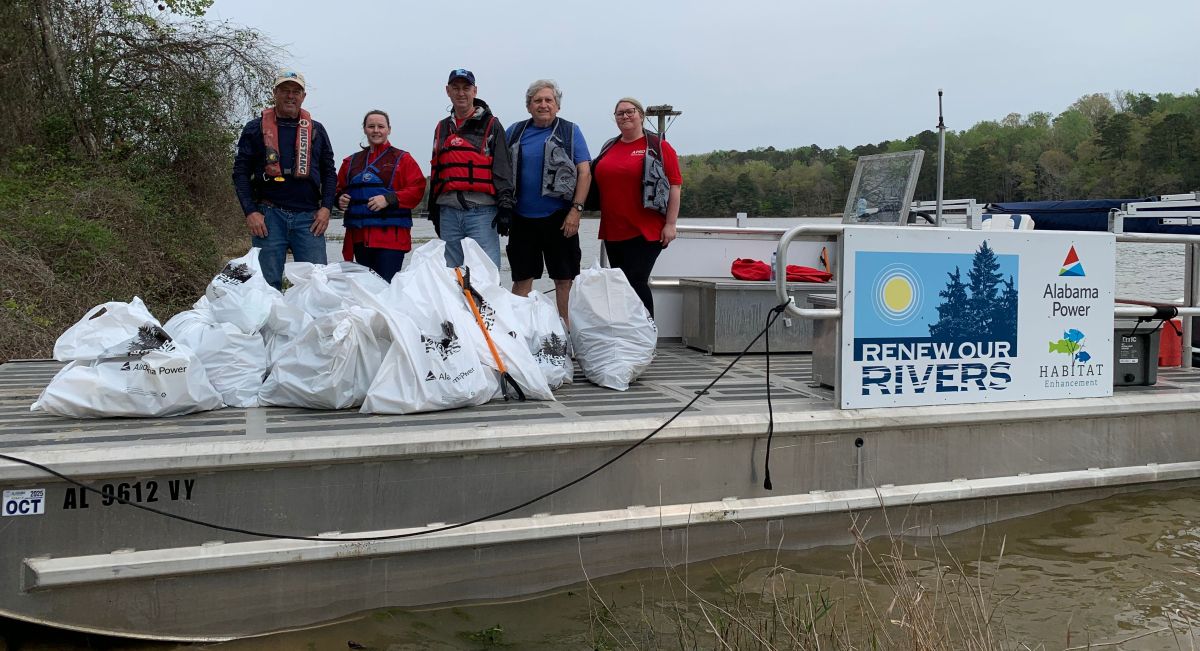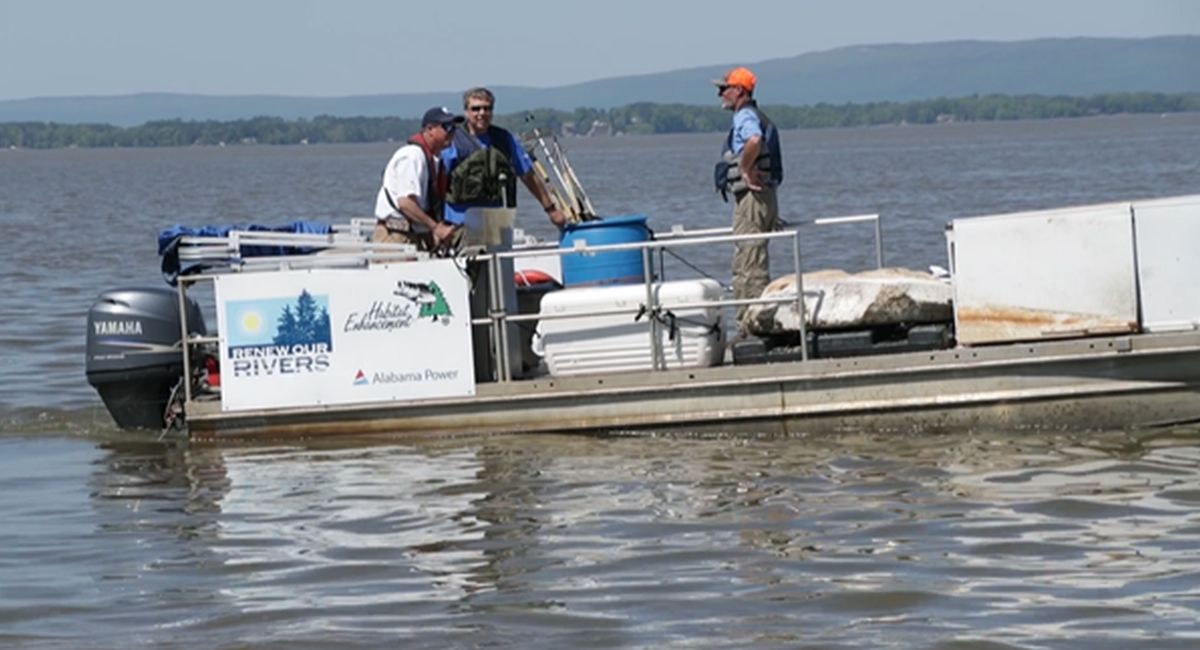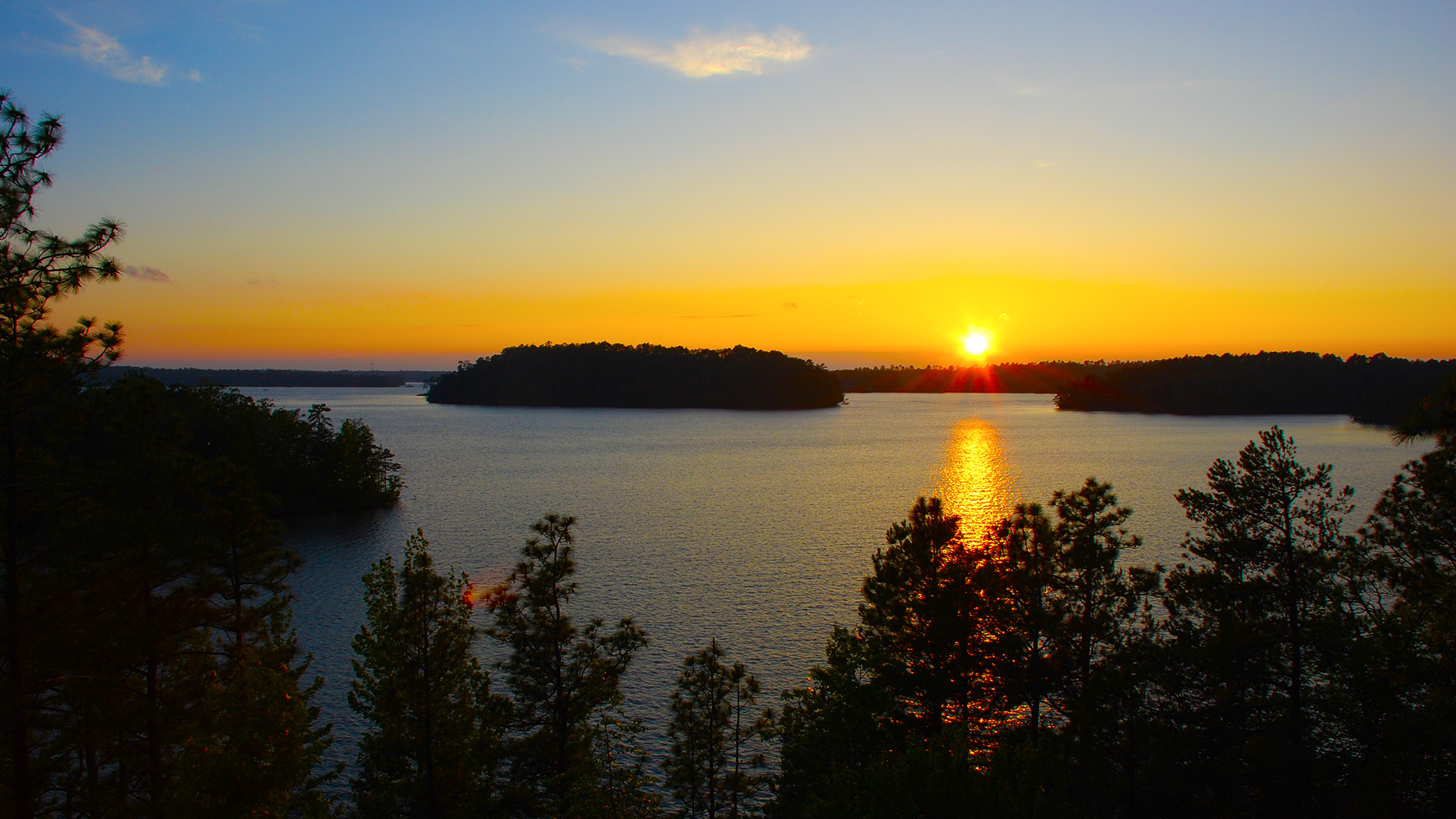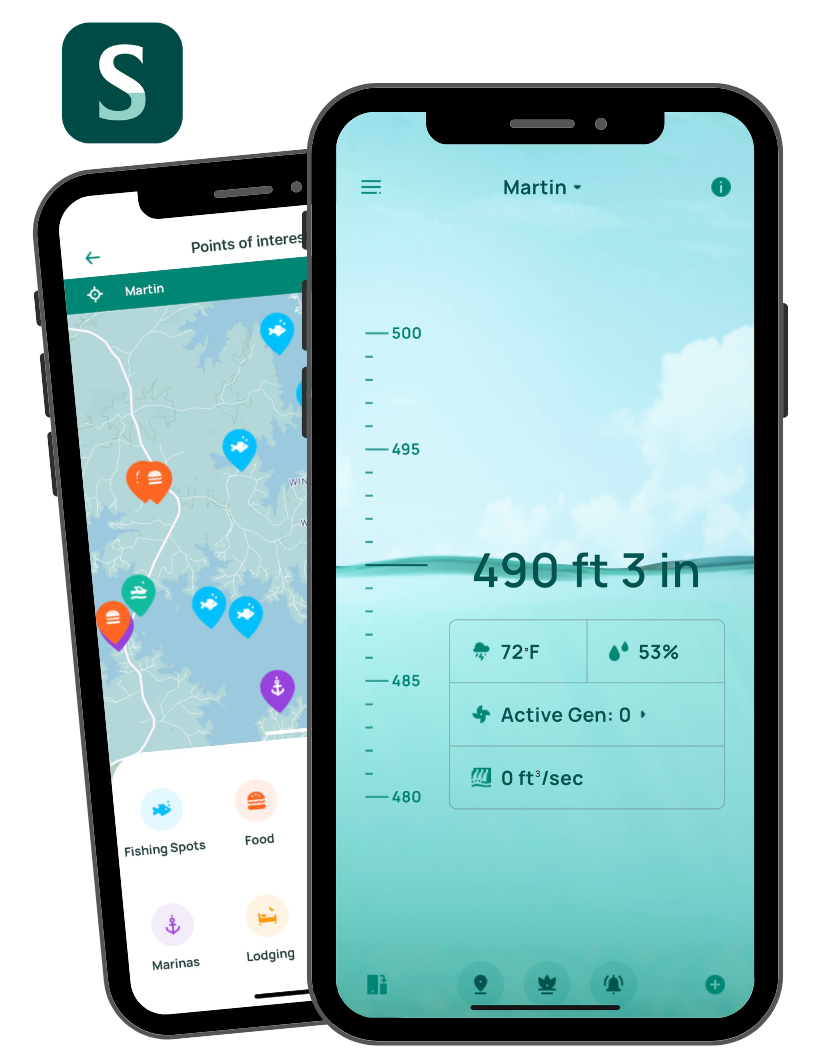Yates
Lake level*
343.25
Generators
0

Spillway Conditions
0 ft3/sec
Generation Output
0cfs
Temperature
71°F
Humidity
97%
Wind
0mph
*Lake elevations are always subject to change, depending on conditions. Individuals who recreate below our dams and those with boats and water-related equipment on our lakes and facilities should always stay alert to changing conditions and be prepared to take the necessary steps to protect their property.
Tentative Operating Schedules
| Start Time | Generators |
|---|---|
| 12:00 AM | 0 |
| 01:00 AM | 1 |
| 02:00 AM | 0 |
| 06:00 AM | 1 |
| 07:00 AM | 0 |
| 11:00 AM | 1 |
| 12:00 PM | 0 |
| 03:00 PM | 1 |
| 04:00 PM | 0 |
| 09:00 PM | 1 |
| 10:00 PM | 0 |
| Start Time | Generators |
|---|---|
| 12:00 AM | 0 |
| 03:00 AM | 1 |
| 04:00 AM | 0 |
| 07:00 AM | 1 |
| 08:00 AM | 0 |
| 11:00 AM | 1 |
| 12:00 PM | 0 |
| 04:00 PM | 1 |
| 05:00 PM | 0 |
| 09:00 PM | 1 |
| 10:00 PM | 0 |
| Start Time | Generators |
|---|---|
| 12:00 AM | 0 |
| 03:00 AM | 1 |
| 04:00 AM | 0 |
| 07:00 AM | 1 |
| 08:00 AM | 0 |
| 11:00 AM | 1 |
| 12:00 PM | 0 |
| 04:00 PM | 1 |
| 05:00 PM | 0 |
| 09:00 PM | 1 |
| 10:00 PM | 0 |
Yates
Yates Dam was named for Eugene A. Yates in recognition of his outstanding contributions to Alabama Power Company and to its customers as an engineer and administrator. Yates joined Alabama Power in 1912 as chief engineer and was responsible for completing Lay Dam, the company’s first hydroelectric plant.
Though Yates Dam is modest in size and capacity when compared with other Alabama Power plants, its location gives it special significance. The dam stands on the site of Alabama’s first hydroelectric plant, which began delivering electricity over a 25-mile transmission line to Montgomery in 1912. At the dedication ceremony, Alabama Power President Thomas Martin said the location of Yates Dam “…should ever be recognized as a symbol of progress, of foresight and of scientific and economic research.”


